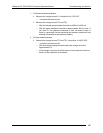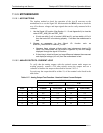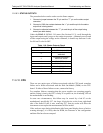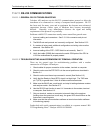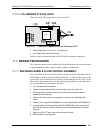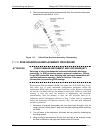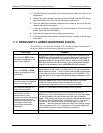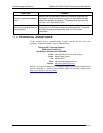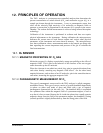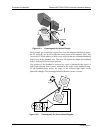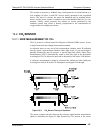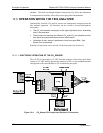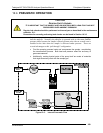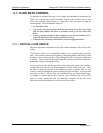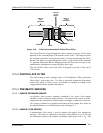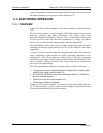
205
12. PRINCIPLES OF OPERATION
The T803 analyzer is a microprocessor-controlled analyzer that determines the
percent concentration of carbon dioxde (CO
2
) and molecular oxygen (O
2
) in a
sample gas drawn through the instrument. It uses a paramagnetic sensor that
relies on the relatively high reactivity of O
2
molecules to magnetic fields to
generate a current that is proportional to the amount of O
2
present in the sensor
chamber. The carbon dioxide
measurement is achieved using infrared absorption
technology.
Calibration of the instrument is performed in software and does not require
physical adjustments to the instrument. During calibration the microprocessor
measures the current state of both Sensor outputs and various other physical
parameters of the instrument and stores them in memory. The microprocessor
uses these calibration values, measurements made on the sample gas along with
data regarding the current temperature and pressure of the gas to calculate the
final concentrations.
12.1. O
2
SENSOR
12.1.1. MAGNETIC PROPERTIES OF O
2
GAS
Molecular oxygen, O
2
, displays a particularly strong susceptibility to the effect of
magnetic fields. This is due to the behavior of the electrons of the two oxygen
atoms that make up the O2 molecule.
When the electrons in an orbital are paired, they spin in opposite directions from
each other thereby canceling any magnetic field effects. On the other hand,
unpaired electrons, such as those of an O2 molecule, spin in the same direction as
each other, increasing the aggregate magnetic field.
12.1.2. PARAMAGNETIC MEASUREMENT OF O
2
The type of paramagnetic sensor used in the T803 analyzer is called a magneto-
mechanical sensor. This type of sensor consists of a small dumbbell-shaped body
(a sphere on either end) made of glass and filled with a gas of negative
paramagnetic characteristic (in this case, N
2
). The dumbbell body is suspended
on a platinum fiber within the magnetic field of a permanent magnet, in such a
way that it is free to rotate. Because the N
2
inside the spheres has a small opposite
magnetic charge from the field of the permanent magnet, the dumbbell’s resting
(neutral) position is slightly deflected away from the strong point of the field.
07276B DCN6418



